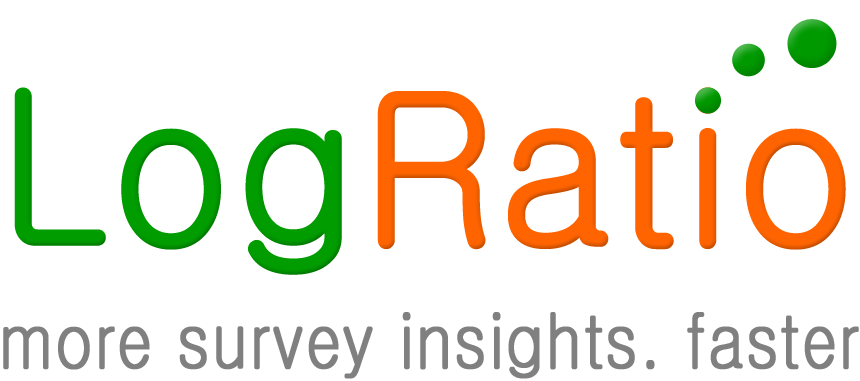To analyze markets we rely on at least three key measures: Dimension, tendency, and segments.
Typically, useful market segments do not exceed 2 to 4. A market segment is a part of a whole market and can be defined according to three criteria. It is:
-
- Large enough (in volume, value, number of customers, or other characteristics) to attract one or more competitors
- Specific and clearly distinct from other segments because it accounts for a specific purchase reason
- Homogeneous as it accounts for objects or persons with similar characteristics and/or ways of thinking
For the whole market and for each segment the market analysis:
-
- Describes the dimension, hence the market size, in volume and value, and
- Computes the market tendency, hence the growth over a predefined time lag, for instance, weekly or yearly
This gives a clear and synthetic view of the playground.
In a second step we can go deeper at the competitor and customer level.
Market, competitors, and customers are the three areas of marketing analysis.
What types of competitors are there?
Competitors split in two groups: Direct and indirect.
Direct competitors:
-
- offer a comparable product technical performance to yours,
- play in your same market space, and
- speak to your same target group.
Indirect competitors:
-
- offer a comparable product technical performance to yours, but
- do not operate in your same market and/or do not target your same public.
Products may not have a direct competitor.
However, it is almost always the case that there is an indirect competitor. Brands should always consider the threat of competition in their analysis.
And for an automated, professional survey report try LogRatio.

